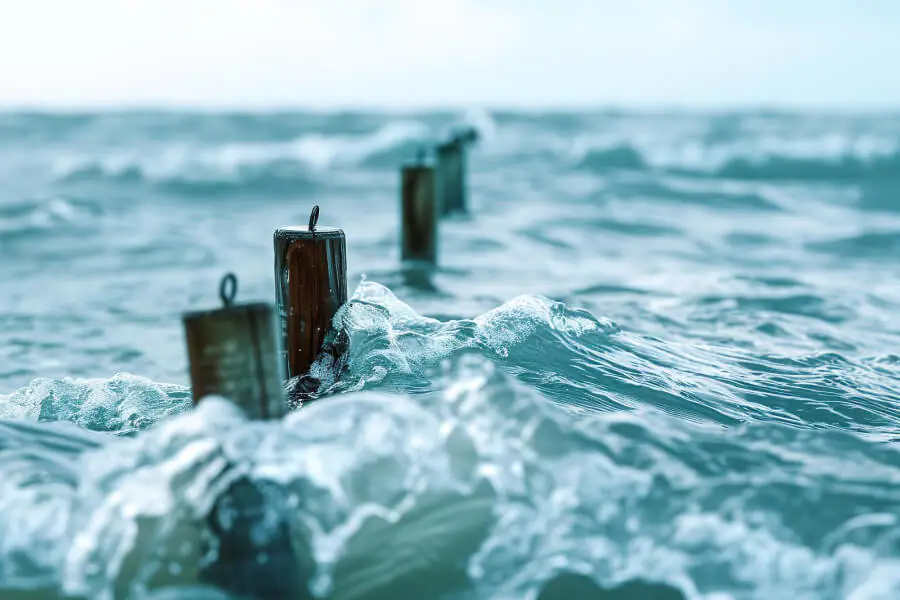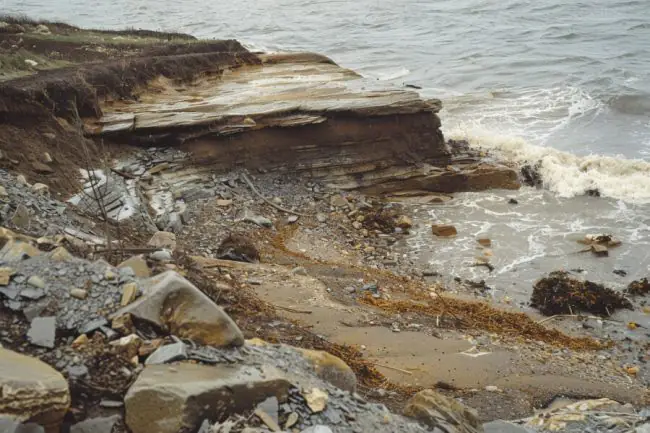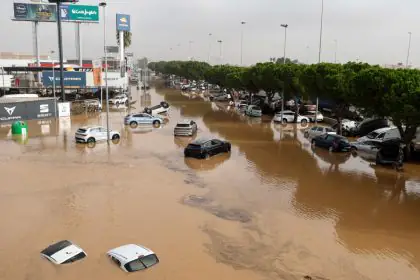Coastal regions have always been dynamic, shaped by natural forces like tides, waves, and storms. However, with the accelerating sea level rise, these areas are facing unprecedented challenges. One of the most concerning effects of rising sea levels is coastal erosion, where shorelines gradually lose land to the ocean. This process isn’t just a matter of losing beaches; it affects entire ecosystems, local economies, and even cultural heritage sites.
Connection Between Sea Level Rise and Coastal Erosion
To grasp the full picture, it’s important to understand the relationship between sea level rise and coastal erosion. As sea levels increase, driven largely by melting ice caps and glaciers and the expansion of seawater as it warms, waves reach further inland. This not only washes away beaches but also leads to the erosion of cliffs, dunes, and other natural barriers. Over time, this can result in significant land loss, putting homes, infrastructure, and entire communities at risk.
Coastal erosion isn’t just caused by rising seas; other factors also play a role. Natural processes like currents, waves, and weather patterns constantly shape coastlines. However, human activities such as construction, dredging, and deforestation can exacerbate these effects, making some areas more vulnerable than others.
Projected Effects of Sea Level Rise on Coastal Areas
What does the future hold for coastal regions as sea levels continue to rise? Experts predict that coastal erosion rates could increase dramatically by 2050, especially in vulnerable areas. Coastal cities in Spain, such as Barcelona, Valencia, and Malaga, are particularly at risk due to their dense populations and economic activities centered around their coastlines.
Case Studies of Vulnerable Coastal Regions
Take, for example, the Ebro Delta in Spain—a prime example of a coastal region already grappling with the impacts of sea level rise. This unique delta, known for its rich biodiversity and wetlands, has been experiencing alarming rates of erosion. Predictions suggest that without intervention, large parts of the delta could be underwater within decades.
Other global examples, such as the disappearing coastlines in Louisiana, USA, and the erosion hotspots in the Maldives, provide further evidence of the impending crisis. These cases show the importance of taking swift action to mitigate the impacts of sea level rise and protect coastal communities.
Adaptation and Mitigation Strategies for Coastal Communities
While the threat of rising seas and erosion is daunting, there are several adaptation and mitigation strategies that can help coastal communities better prepare for the future.
Government Initiatives and Policies to Combat Coastal Erosion
Governments worldwide, including in Spain, are increasingly recognizing the need to invest in coastal defense mechanisms. From building seawalls and breakwaters to implementing shoreline management programs, these initiatives aim to reduce the impact of waves and prevent further erosion. Spain’s Ministry for Ecological Transition has already started various projects to protect vulnerable coastlines, combining both hard and soft engineering solutions.
Innovative Technology Solutions for Protecting Coastlines
Innovation also plays a critical role in addressing these challenges. Solutions like beach nourishment, which involves adding sand to eroding beaches, and living shorelines, which use natural materials like plants and rocks to stabilize the coast, are gaining popularity. Additionally, technologies such as erosion control methods and climate adaptation strategies help communities stay resilient against the relentless advance of the sea.
The Role of Climate Change in Exacerbating Coastal Erosion
It’s impossible to discuss sea level rise and coastal erosion without addressing the elephant in the room: climate change. The rise in global temperatures due to greenhouse gas emissions is directly linked to melting polar ice and thermal expansion of seawater. This not only leads to higher sea levels but also intensifies extreme weather events like hurricanes and typhoons, which can cause severe erosion in coastal areas.
Impact of Extreme Weather Events on Coastal Erosion
When powerful storms strike, they can accelerate erosion, removing vast amounts of sand and soil from the coast in a short period. For instance, recent studies highlight how storms like Gloria in Spain have caused catastrophic damage to Mediterranean beaches, amplifying the urgency for climate resilience in coastal areas.
Community Engagement and Education on Coastal Resilience
Building resilience isn’t just about physical defenses; it also involves educating and engaging local communities. Empowering citizens with knowledge about sea level rise and coastal erosion can lead to more sustainable practices and proactive measures. Schools, local councils, and environmental organizations can work together to create awareness programs that highlight both the causes and solutions to these pressing issues.
Efforts to Involve Local Communities in Coastal Protection Measures
In many regions, community-driven efforts are proving to be effective in combating erosion. Initiatives like dune restoration, planting of native vegetation, and community clean-up drives not only protect the coastline but also foster a sense of ownership and responsibility among locals.
Conclusion
The challenge of sea level rise and coastal erosion is a complex one that requires a multi-faceted approach. It involves scientific research, government policy, innovative engineering solutions, and strong community involvement. By understanding the link between rising seas and erosion and taking decisive actions, we can protect our coastlines and ensure that they remain vibrant, thriving spaces for future generations.
FAQs
What is the relationship between sea level rise and coastal erosion?
Sea level rise increases coastal erosion by allowing waves to reach further inland, eroding beaches, cliffs, and protective barriers.
How does rising sea level affect coastal areas?
Rising sea levels cause more frequent flooding, intensify erosion, damage infrastructure, and lead to saltwater intrusion in freshwater sources.
What are the impacts of sea level rise on coastal ecosystems?
Sea level rise submerges habitats, increases salinity in freshwater areas, and disrupts ecosystems like wetlands, affecting biodiversity.
What are coastal responses to sea level rise?
Coastal responses include natural changes like shoreline retreat and human measures such as seawalls, beach nourishment, and managed retreat.







